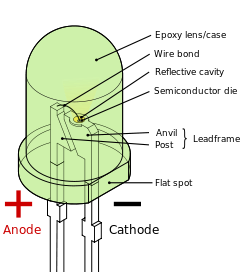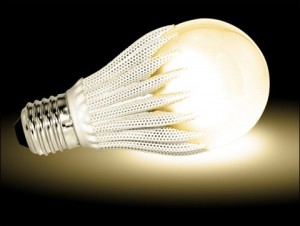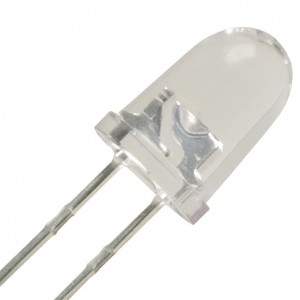What is LED light?
LED lights are the latest technology in energy efficient lighting. LED stands for ‘Light Emitting Diode’, a semiconductor device that converts electricity into light.
LED lights are super energy efficient, using approximately 85% less energy than halogen or incandescent lighting – meaning significant savings on your power bills. LED lights also have a much longer lifespan than other types of lighting – see the table below.
LEDs or light emitting diodes are highly energy efficient. They have long life span, lasting up to 50 times longer than fluorescent globes. Below is a list of term to help you understand more about LED down lights and globes.
Energy Consumption
The amount of electricity, measured in watts, required to operate a product.
Lumens
A measure of amount of light produced by the light source.
How to choose the right LED down light?
With a range of options available, it can be confusing to determine which light is right. See our easy guide below for help!
Wattage
Energy saving lighting is about reducing the wattage used in a light fitting while maintaining similar light output. For example, a standard halogen downlight uses 55 watts, but you can purchase LED alternatives ranging from 4.5 watts to 14 watts.
Lumens
Lumen is the standard unit for measuring the amount of light produced by a light source. It is equal to the amount of light hitting one square foot of surface one foot away from the light. Essentially, the higher the lumens, the brighter the light.
Lumens per watt
This truly shows the efficiency of the LED product. For example a 200lm product consuming 3 watts of electricity = 66 lumens per watt. Lumens per watt vary from product to product depending on the LED chip used, how hard the product is being run, and the construction of the fitting and how effective the heat sink is at removing the heat.
Beam angle
The beam angle is something you need to pay attention to when choosing the right LED lighting for the space. This is as important as the Lumens. Beam angle indicates the spread of light from the light source. A narrow beam gives a concentrated light which is better for accent lighting. A wide beam gives a more general, softer light.
Warm white and cool white
The colour temperature of a product is a linear scale of measuring the colour of light. Measured in degrees, Kelvin, warm light is measured in lower numbers and cool white in higher numbers. It is down to personal preference whether you choose warm white or cool white.
Cool white is ideal for task-orientated areas like kitchens and laundries and areas that have a warmer climate as the lighting will help to make the rooms feel cooler. Warm white helps to create a more intimate atmosphere suited to bedrooms and living rooms and these colour temperatures create a more relaxing and comfortable environment. A tip is to stick to just one colour throughout an open plan living area, otherwise the mixing of colours will be distracting to the eye.
Source : http://www.beaconlighting.com.au/led/how-to-choose-the-right-led-downlight




